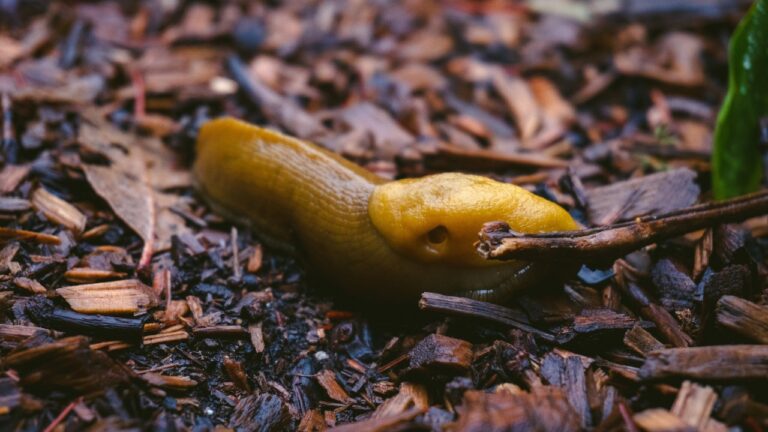10 Plants That Take Over Faster Than You Think
Some plants seem like a great idea at first—they’re fast growers, fill space quickly, and add instant interest to your yard. But then they don’t stop. What starts as a neat little addition turns into something that chokes out nearby plants, spreads into the lawn, or takes root where you never intended.
Once these types of plants get going, they’re hard to rein in. If you don’t want to spend every weekend digging, trimming, or pulling, here are the ones you’ll want to think twice about before planting.
Mint
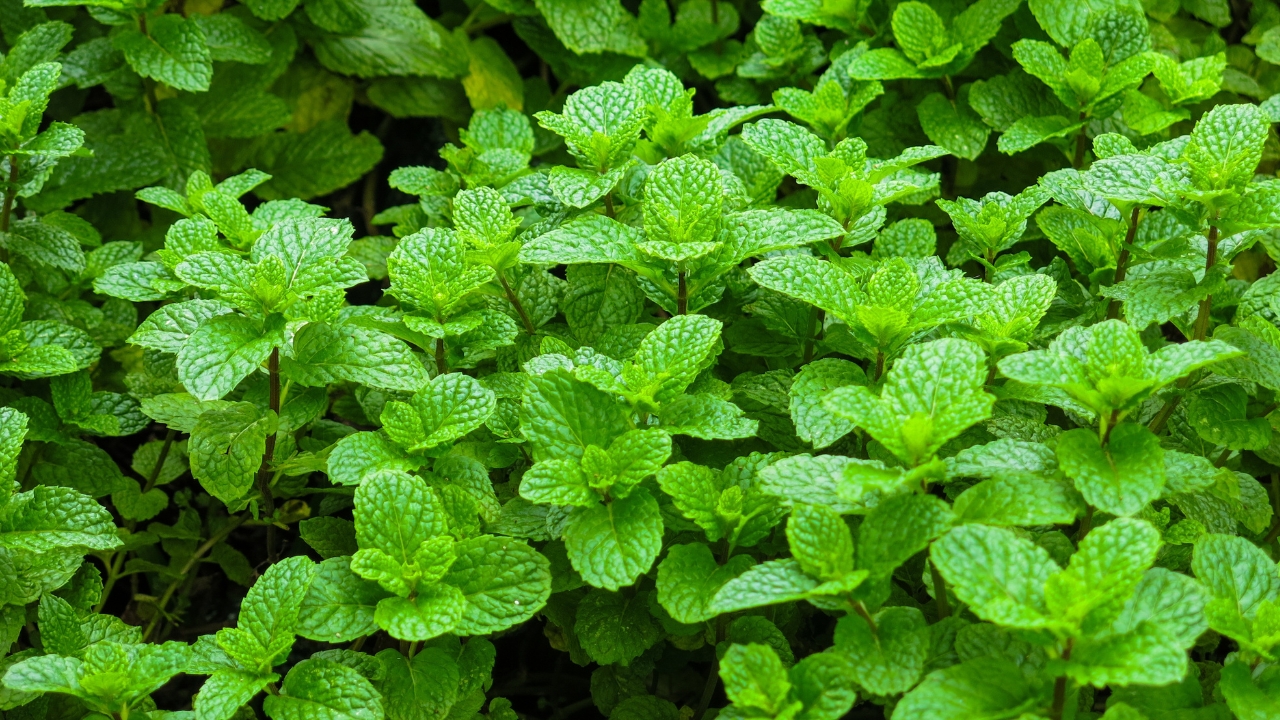
Mint is easy to grow, and that’s the problem. Once it takes hold, it spreads underground through runners and pops up everywhere. You’ll find it in garden beds, walkways, and even lawn edges if you’re not careful.
Planting it without a barrier is asking for a takeover. If you love mint, it’s best kept in a container or raised bed with solid borders. Otherwise, you’ll be pulling it up for years.
English Ivy
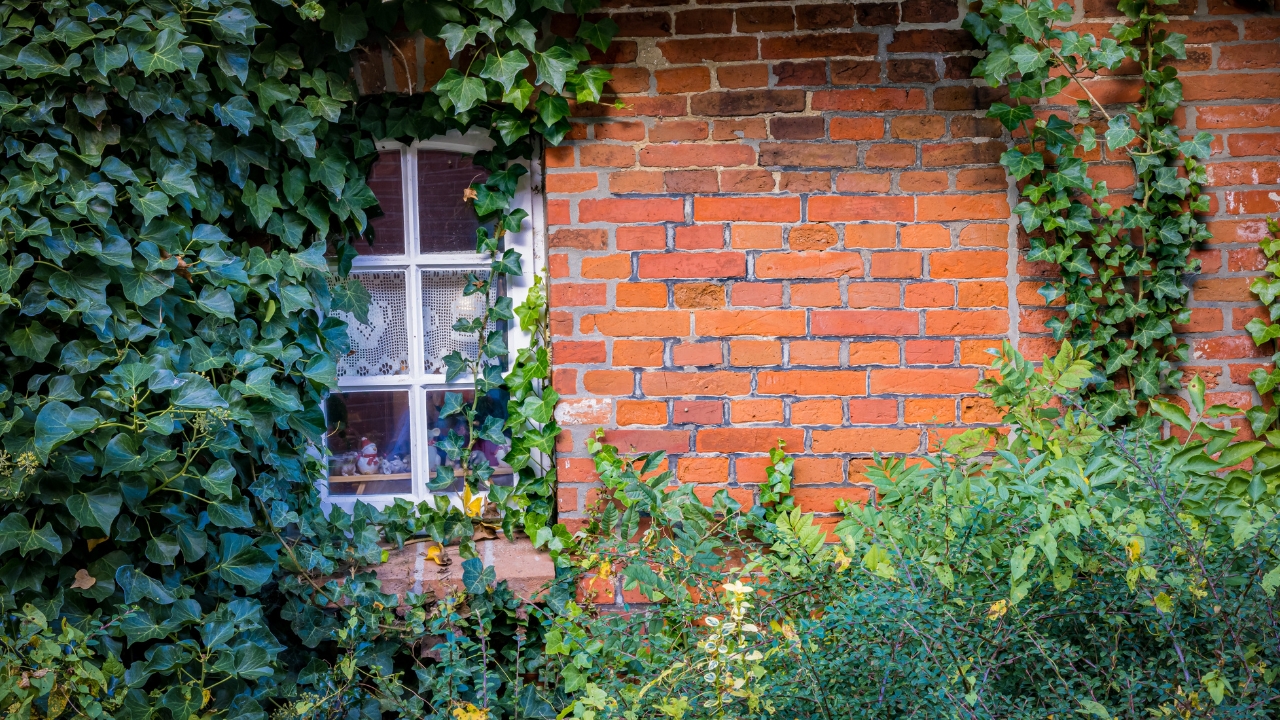
English ivy clings to everything—fences, walls, trees, and your patience. It grows fast and thick, and once it gets established, it’s hard to remove without damaging what it’s attached to.
It also creates dense mats that block out sunlight and choke nearby plants. Left alone, it can even pull down structures or rot siding. It might look lush, but it’s a real project to control once it gets going.
Bishop’s Weed (Goutweed)
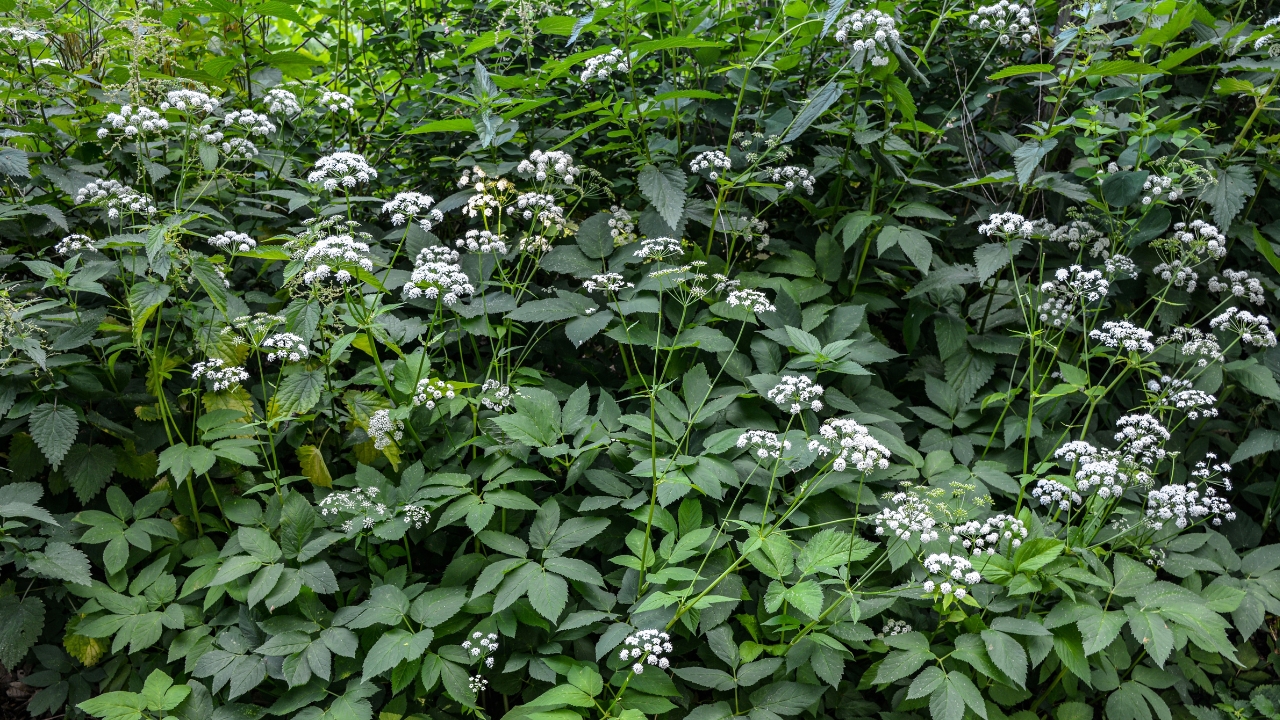
This groundcover spreads through both roots and seeds, and once it’s in, it’s hard to get rid of. It quickly takes over beds and edges, leaving little room for anything else to thrive.
Even digging it out doesn’t guarantee it’s gone—tiny root pieces left behind will sprout again. Landscapers like it for coverage, but many homeowners end up frustrated by how aggressive it becomes.
Wisteria
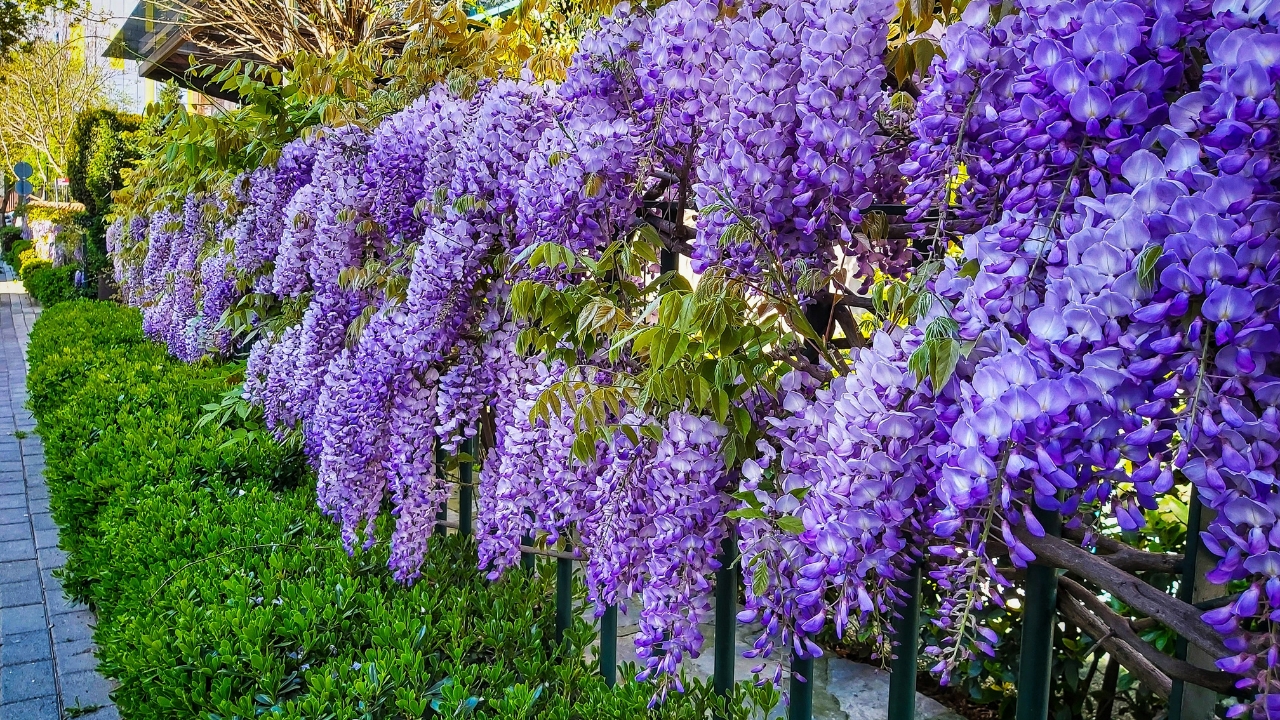
Wisteria looks beautiful in bloom, but it’s incredibly vigorous. The vines grow rapidly and wrap around anything nearby—fences, railings, trees—twisting tightly as they go.
Without regular pruning, it becomes a tangled mess that’s hard to contain. It can even damage structures as it gains weight. If you plant it, be ready to stay on top of it every season.
Bamboo

Bamboo is notorious for how fast it spreads. The running types shoot underground rhizomes that can pop up feet away from where you originally planted it—even under fences and into neighbors’ yards.
Once it’s established, digging it out is backbreaking work. If you’re thinking of planting bamboo, make sure it’s a clumping variety and use serious root barriers. Otherwise, you’ll be fighting it for years.
Creeping Jenny

Creeping Jenny forms a thick, low-growing mat that seems perfect for filling in gaps or spilling over containers. But in the ground, it doesn’t know when to stop.
It can quickly take over flower beds, choke out slower-growing perennials, and spread into lawns. It’s easy to root from cuttings, so even small pieces can start a whole new patch where you don’t want it.
Trumpet Vine

Trumpet vine has big flowers and attracts hummingbirds, which makes it appealing—but it also spreads like crazy. Its roots send up suckers far from the original plant, and it climbs aggressively.
It can smother fences, trees, and nearby plants if left alone. And once it’s in, it’s tough to remove. Cutting it back encourages more growth underground, so control is a long-term game.
Periwinkle (Vinca Minor)
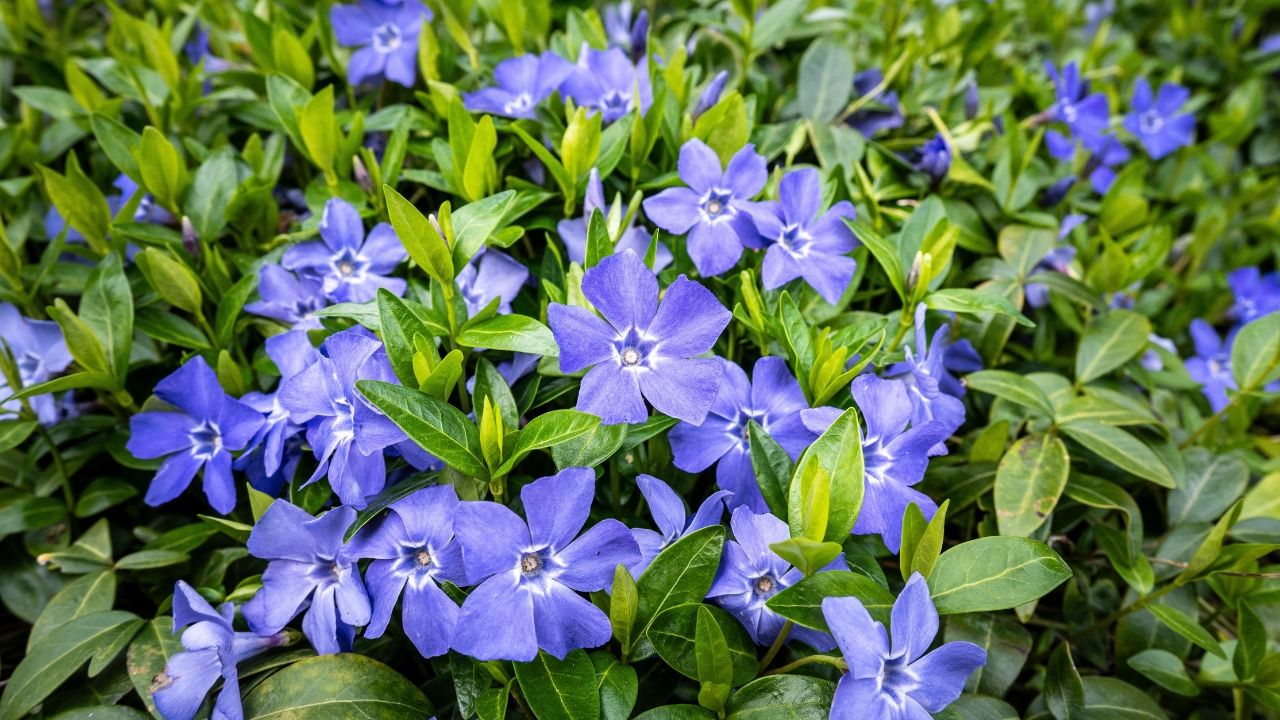
This glossy-leaved groundcover spreads fast and covers bare soil well, but it doesn’t stop there. It can escape garden beds, overtake native plants, and become a challenge to remove once it settles in.
It roots wherever the stems touch soil, which means every bit you leave behind can grow again. It’s useful in tough spots, but you need to monitor it closely to keep it in check.
Obedient Plant
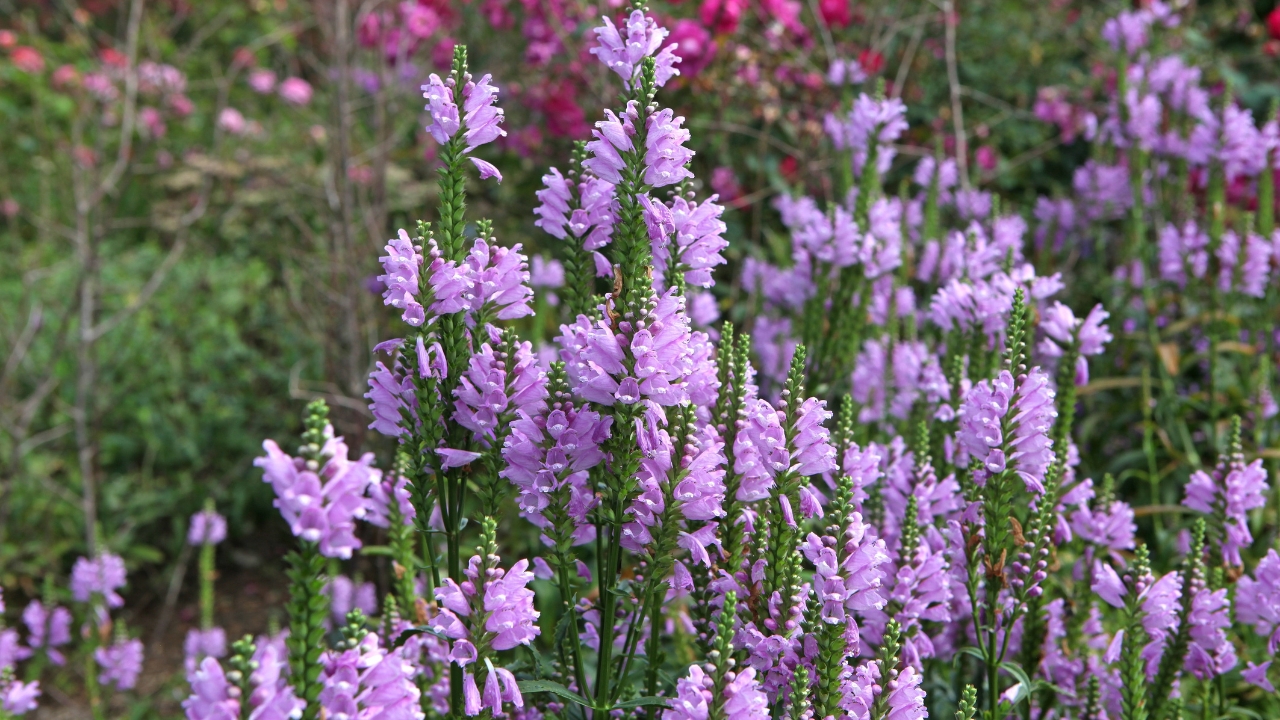
Despite the name, obedient plant is anything but. It spreads quickly by underground rhizomes and can easily take over a garden bed if it’s not kept in line.
It’s one of those perennials that looks harmless but spreads faster than most people expect. If you want to grow it, consider planting it in a buried container or somewhere you don’t mind it running wild.
Lamb’s Ear
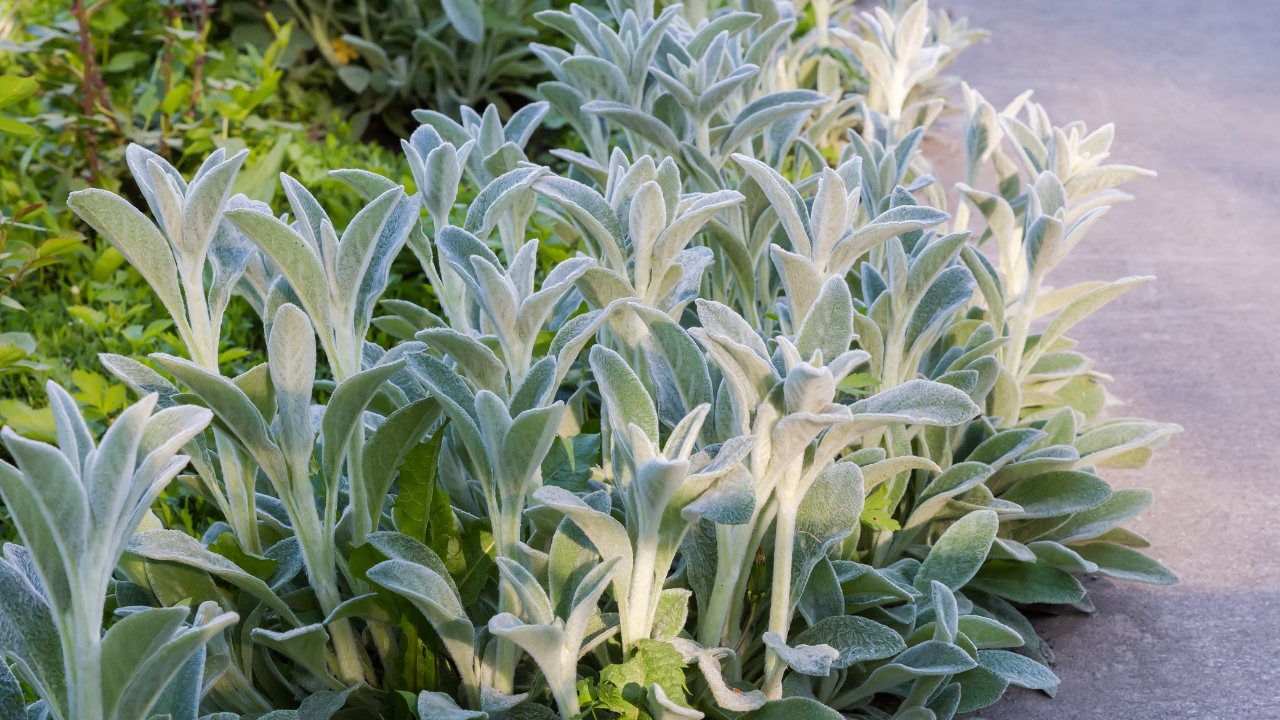
Lamb’s ear is known for its soft texture and silvery color, but it spreads through creeping stems and can get out of hand fast. It crowds out nearby plants and can become invasive in the right conditions.
It also holds onto moisture, which makes it prone to rot if planted in humid or poorly drained areas. It’s a favorite in dry climates, but even then, it needs regular thinning to stay in bounds.
*This article was developed with AI-powered tools and has been carefully reviewed by our editors.



